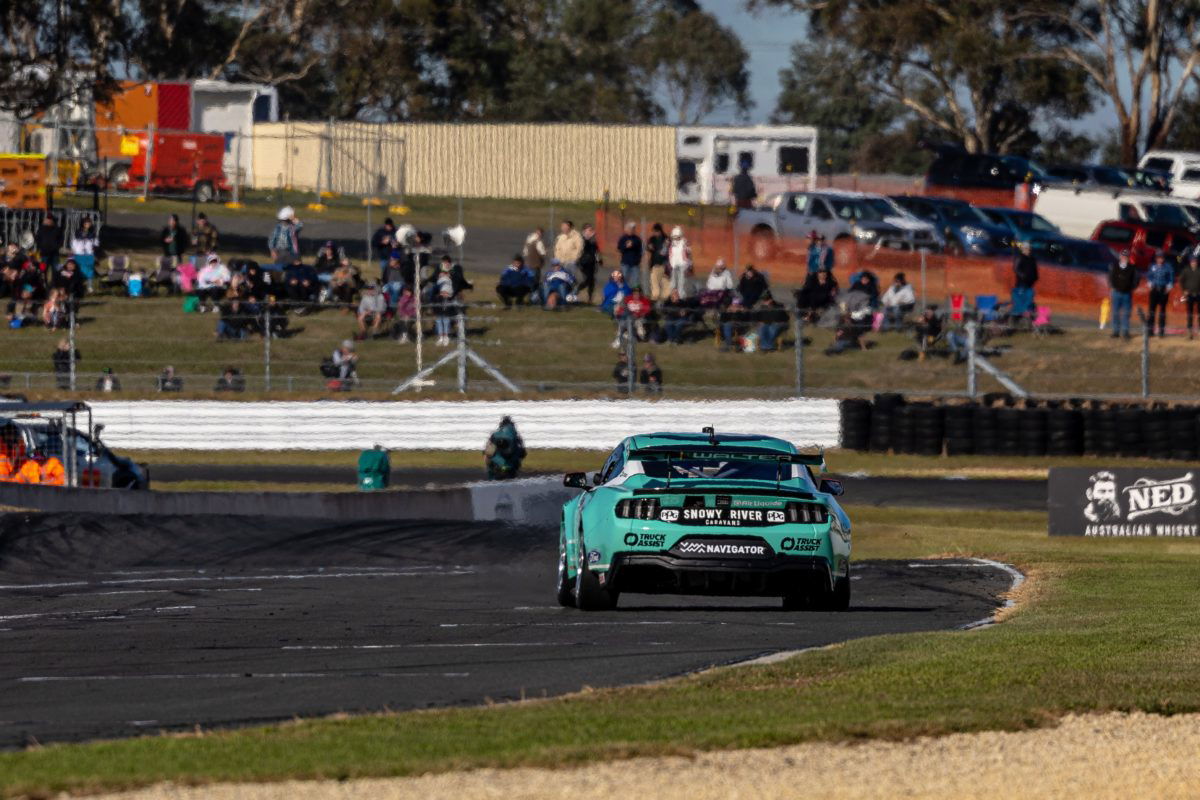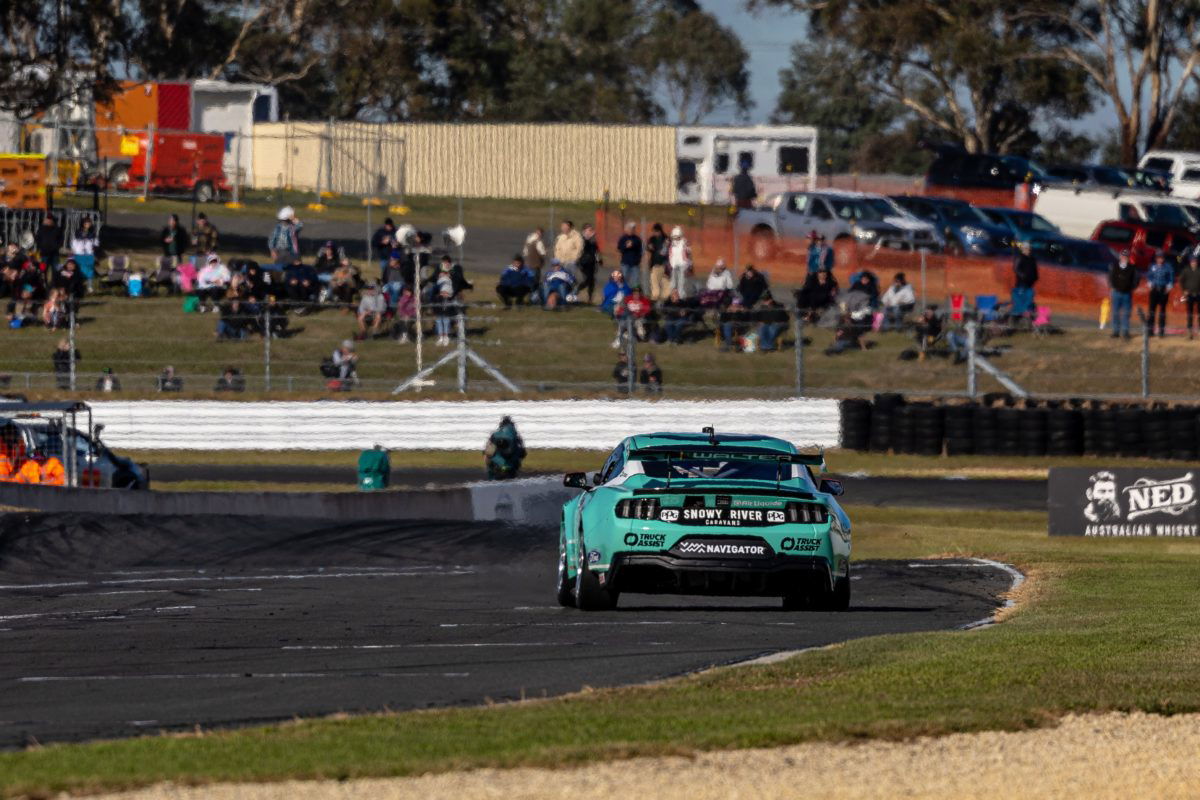

New details of the how and why of the Ford Mustang Supercar parity changes can be revealed by Speedcafe.
The changes, which pertain to rear-end bodywork, follow an official parity review which was a collaboration of the championship’s Motorsport department, homologation teams Dick Johnson Racing (Ford) and Triple Eight Race Engineering (Chevrolet), and the United Kingdom’s D2H Advanced Technologies.
Speedcafe reported last week that the behaviour of the Mustang in pitch had been raised as an issue, and indeed, the parity review determined that there was “a minor difference in rear downforce of the Mustang and its performance in the braking zone,” according to Supercars’ statement.
That has been addressed by modification of the position and angle of its rear wing, and increase in the size of the boot spoiler, although it is has now been learned that the span of the wing has in fact not changed.
Speedcafe understands that the issue was a stalling of the airflow at high wing angles, which is said to have robbed the car of rear downforce.
VCAT is claimed by Supercars to have determined parity based on the parameters specified as part of that process and the stalling effect would not be so apparent/applicable at high speeds anyway, given the car would be on its haunches rather than nosed forward.
As such, it is believed that a three-millimetre gurney will be added to the back edge of the rear wing on the Mustang, and maximum wing angle will be reduced to five degrees, down from nine degrees.
Furthermore, the wing itself, which is common between the Camaro and Mustang (save for the new gurney), will move down 25mm and forward 25mm on the latter.
The idea is to make the Mustang’s bodywork a more aerodynamically efficient package.
Total downforce, according to the CFD (computational fluid dynamics) work performed by D2H, will remain the same, but the Mustang should lose less downforce under brakes.
Speedcafe has been told that the loss had been 30kg, a massive chunk in the context of Gen3, with the new breed of Supercars generating around 165kg of total downforce at 200km/h based on the claimed reduction of 63 to 64 percent.
Indications are that a significant proportion of that 30kg will be recovered thanks to the changes.
More downforce in the braking phase means a lesser propensity for lock-ups, a relatively more ‘planted’ car in cornering, and less reliance on mechanical grip to exit the turn, hence better rear tyre life.
Tickford Racing’s Cameron Waters and one of Dick Johnson Racing’s drivers undertook validation work last week, but, with Townsville’s Reid Park Street Circuit being relatively hard on brakes, this weekend’s racing is set to provide a handy litmus test.
Practice 1 starts tomorrow at 10:10 local time/AEST.




















Discussion about this post